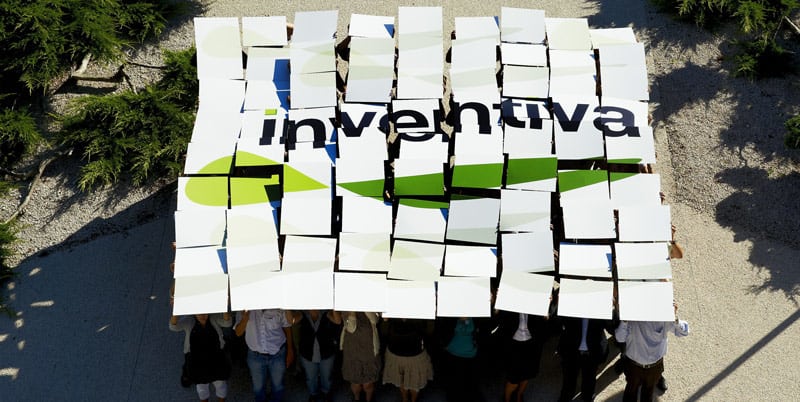Inventiva’s NASH prospect beat placebo at cutting liver inflammation in patients with NASH without making their scarring worse, hitting its primary endpoint in a phase 2b study. The data offer hope for a class of drugs that has been dogged with failure and could set Inventiva’s drug up for accelerated approvals.
The study tested two doses of Inventiva’s pan-PPAR agonist, lanifibranor, against placebo in 188 patients with nonalcoholic steatohepatitis (NASH). After 24 weeks of treatment, nearly half of the patients taking the higher dose at least a two-point reduction in their Steatosis Activity Fibrosis (SAF) score—a measure of fat buildup, liver inflammation and liver cell ballooning—without their scarring getting worse, compared to 27% in the placebo group.
The high dose, 1200 mg daily, did well against the trial’s secondary endpoints too, including the resolution of NASH without worsening of fibrosis and improvement in fibrosis by at least one stage without worsening of NASH.
Side effects were generally mild to moderate and consistent with those seen in earlier trials, the company said. Across the study, there were 13 serious side effects, including those related to liver biopsy: three in the placebo group, three in the low-dose group and seven in the high-dose group. Three patients in each group—low dose, high dose and placebo—quit the study because of side effects.
“Lanifibranor, to my knowledge, is the first drug candidate that has been able to achieve statistically significant results on both FDA and EMA regulatory endpoints relevant for accelerated approval—NASH resolution and improvement of fibrosis,” said the study’s co-principal investigator Manal Abdelmalek, M.D., of Duke University, in a statement.
Abdelmalek and her co-primary investigator, Sven Francque, M.D., pointed to how quickly lanifibranor worked: “The results observed within such a short timeframe suggest that extended treatment could even lead to further improvements in liver health,” Francque said. “Supported by these positive trial results in NASH resolution and fibrosis reduction, lanifibranor is positioned as a promising drug candidate in NASH and we look forward to its pivotal Phase III development.”
Based on these data, Inventiva is “optimistic” about lanifibranor’s chances in a phase 3 study, said Chief Scientific Officer Pierre Broqua, in the statement. Inventiva is working to finalize the design for that study, with meetings with the FDA and European Medicines Agency on the horizon. It plans to present the phase 2b findings at the annual meeting of the American Association for the Study of Liver Diseases this November.
Lanifibranor is a pan-PPAR agonist, meaning it activates three forms of PPAR: alpha, delta and gamma. Other companies have tried and failed to develop PPAR agonists for NASH, including Cymabay, which abandoned its PPAR-delta agonist seladelpar in NASH after patients showed signs of liver damage. More recently, Genfit reported a phase 3 failure for elafibranor, which targets PPAR-alpha and PPAR-delta, as it did not beat placebo at improving NASH symptoms without making scarring worse. Inventiva’s hope is that by hitting PPAR-gamma, lanifibranor will be able to go where its peers couldn’t.

